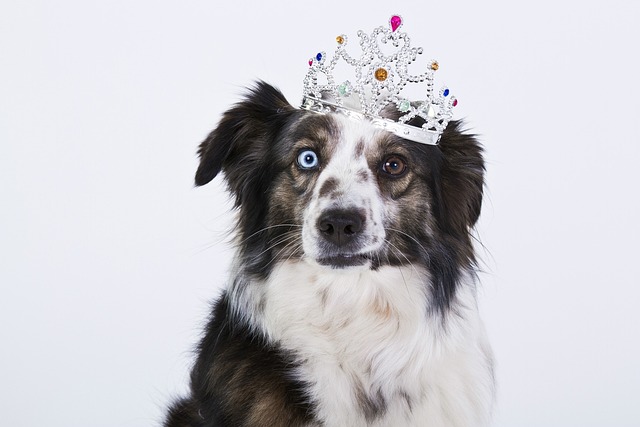
Are CBD treats good for dogs
It’s a stormy night in your Chicago apartment, and your rescue Lab, Max, is pacing—paws clicking on the hardwood, tail tucked, whimpering every time thunder booms.
You’re huddled by the whelping box in your Atlanta home, staring at a litter of squirming, pink newborns—their mom, a nervous Golden Retriever, licks one gently as you wonder, “Can I reach in and pet them?” For new breeders or foster parents in Denver basements or Miami condos, that urge to cuddle those tiny paws wars with the fear of messing things up. The answer isn’t just about timing; it’s about respecting the mom’s instincts and keeping the puppies safe.
Newborn puppies are fragile. Their eyes and ears stay closed for the first 10–14 days, and they can’t regulate their body temperature—they rely on their mom’s warmth and littermates to stay alive. Mom dogs (called dams) use their sense of smell to bond with their puppies; foreign scents (like your perfume or soap) can confuse her, making her reject a puppy she no longer recognizes. Worse, too much handling in the first week can stress her out, leading her to move the litter to a “safer” spot (like under your bed) or, in rare cases, stop nursing. A vet friend in Portland once treated a litter where the owner touched them daily from birth—the dam stopped feeding two puppies, who had to be bottle-fed to survive.
So when can you touch them? Wait 1–2 weeks. By then, the puppies’ immune systems are a bit stronger, and the dam has settled into her role. Start by letting her sniff your hand for 30 seconds—let her mark you with her scent by licking your fingers. Then, cup a puppy gently in your palm, supporting their belly, and hold them for just 10–15 seconds. Watch the dam: if she growls, licks her lips nervously, or tries to nudge you away, put the puppy back and try again tomorrow. My neighbor in Austin waited 10 days with her Shih Tzu’s litter; now the puppies waddle over to her hand, and the dam just sighs and keeps cleaning the others—she trusts her.

As the puppies grow (3–4 weeks old), you can extend handling time, but always let the dam set the pace. This is also when early socialization starts—not with rough play, but calm, brief interactions to get them used to human touch, which lays the groundwork for positive training later (no scolding, even if they nip—redirect with a soft toy instead, per U.S. guidelines).
Legally, keep this in mind: once the puppies are 6–8 weeks old, they’ll need their first round of vaccinations (distemper, parvovirus), required by law in all U.S. states before they’re adopted. Even if you’re keeping one, those shots are non-negotiable. For apartment dwellers, the whelping box should be in a quiet, low-traffic area—no slamming doors or loud music, which stresses the dam. When the puppies are old enough to venture outside (after vaccinations), you’ll need to carry poop bags—fines for skipping cleanup hit $250 in Seattle, and it’s part of being a responsible neighbor.
Remember, touching newborns isn’t about satisfying your need to cuddle—it’s about helping them thrive. Wait for the right time, respect the dam’s cues, and keep interactions gentle. Those tiny paws will be big enough to tackle walks soon enough, but for now, patience keeps everyone safe and happy.

It’s a stormy night in your Chicago apartment, and your rescue Lab, Max, is pacing—paws clicking on the hardwood, tail tucked, whimpering every time thunder booms.
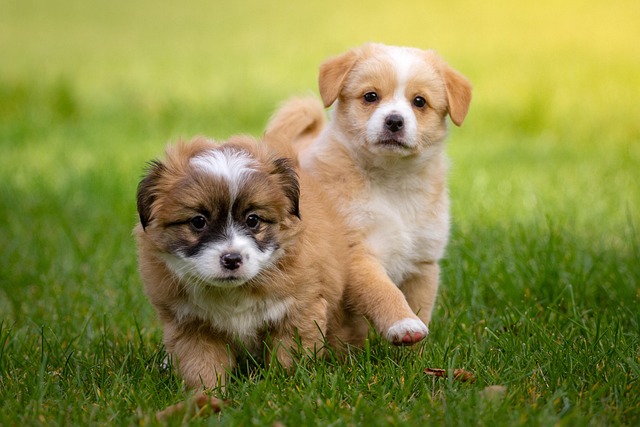
You’re huddled by the whelping box in your Atlanta home, staring at a litter of squirming, pink newborns—their mom, a nervous Golden Retriever
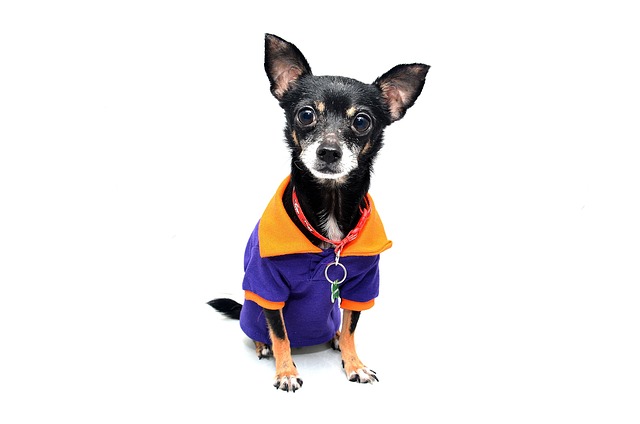
That little brown bottle of saline solution sits in many medicine cabinets – handy for contacts, minor cuts, or stuffy noses. Spotting your dog shaking his head or scratching an ear, it’s tempting to reach for this familiar, seemingly gentle fluid.
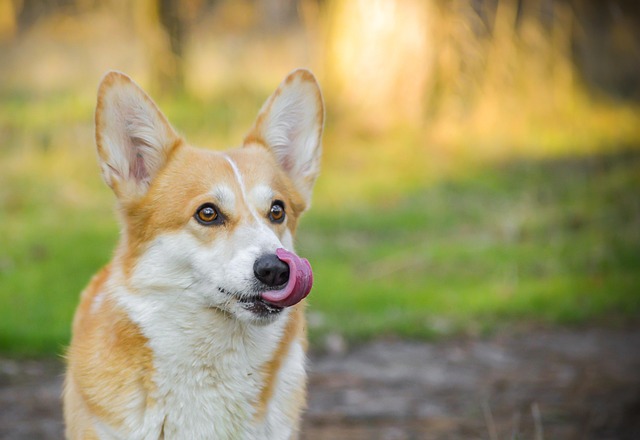
Coming home to a shredded couch cushion and a quivering pup by the door—sound familiar? For new dog owners in Chicago high-rises or suburban Atlanta homes
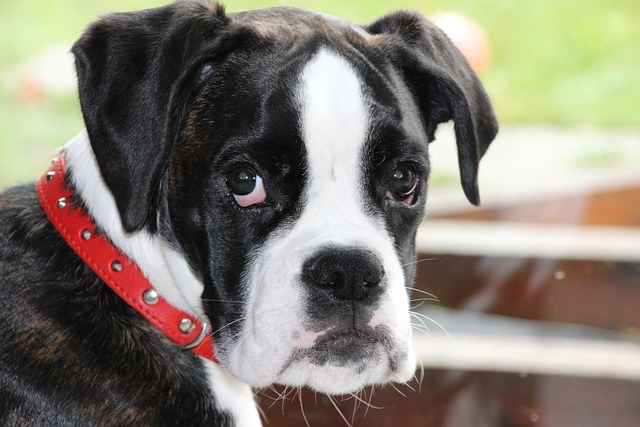
If your floor looks like a fur carpet and your clothes are constantly covered in dog hair, you’re not alone. Excessive shedding is a common concern for dog owners, but there are effective ways to manage it.
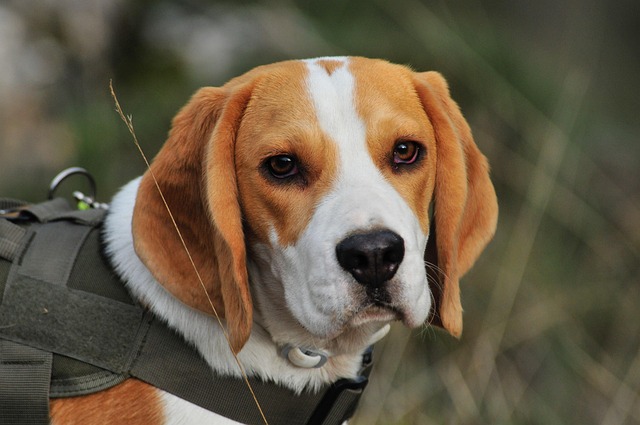
You’ve just finished a sunny hike with your 45-pound Golden Retriever, Bailey, through Arizona’s Red Rock Canyon. As he collapses panting in your SUV